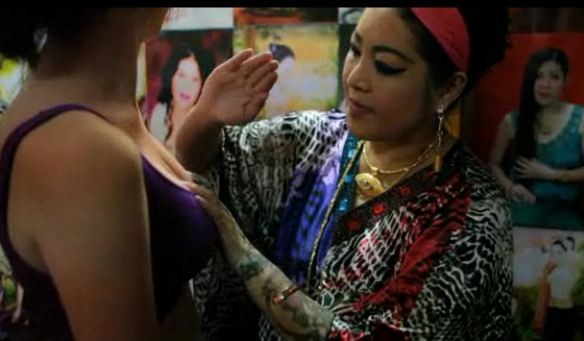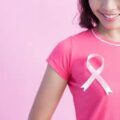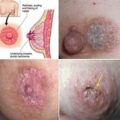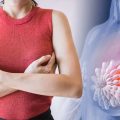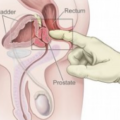What is breast slapping?
Breast slapping is a breast enlargement method approved by Thailand’s government health board in 2003 as a natural alternative to breast enlargement surgery. Daily, women are bombarded with images of big-busted women via advertising and the media, making many feel inadequate and leading them to regard bust size as a “life-or-death” issue. For close to 2 decades, thousands of Thai women have adopted this traditional massage as a means of enhancing their breasts.
The treatment involves a kneading action that massages fat from surrounding areas around the breasts, and pushing them towards the breasts. The fat from other areas of the body eventually fills the breasts to create a fuller appearance and size. Breast slapping can be relaxing, stimulating, and painful. Reports indicate that breast slapping can increase breast fullness by 4 within 3-6 months of continuous treatment.
Can Slapping Breast Cause Cancer?
Following reports that a woman developed breast cancer after experiencing the slapping treatment, Khemmikka Na Songkhla, 44, Thailand famous breast slapping beautician requested the Thai Health Ministry to intervene and a study was conducted. According to The Independent, the ministry found vigorous massage left study participants between the ages of 20 and 60 breasts cancer-free and measurably bigger.
Beyond, Thailand, studies have found no evidence that massage can encourage breast cancer cells to spread around the body and it’s safe to have a massage even if you’re currently having treatment such as chemotherapy. In fact, massage can have many benefits for people with breast cancer, a study from the University of Minneapolis found that massage and healing touch lowered anxiety and fatigue in cancer patients. Patients also reported lower pain, resulting in less use of anti-inflammatory drugs.
In addition, breast massages may help detect breast cancer, possibly as a form of self-examination. The American College of Obstetricians and Gynecologists report that 71% of breast cancer cases in women under 50 are found during breast self-examinations.
Cancer may feel like a hard lump or thickened tissue in the breast, and it may change breast size or shape. Early diagnosis of breast cancer can lead to a better outcome — it provides more opportunity for treatment before cancer spreads far. When breast cancer is localized, most people have a 99% chance of living for at least 5 years after the initial diagnosis.
It is also important to keep in mind that breast lumps are unlikely to be breast cancer. In most cases, the cause of these lumps is relatively benign, such as a cyst or infection.

